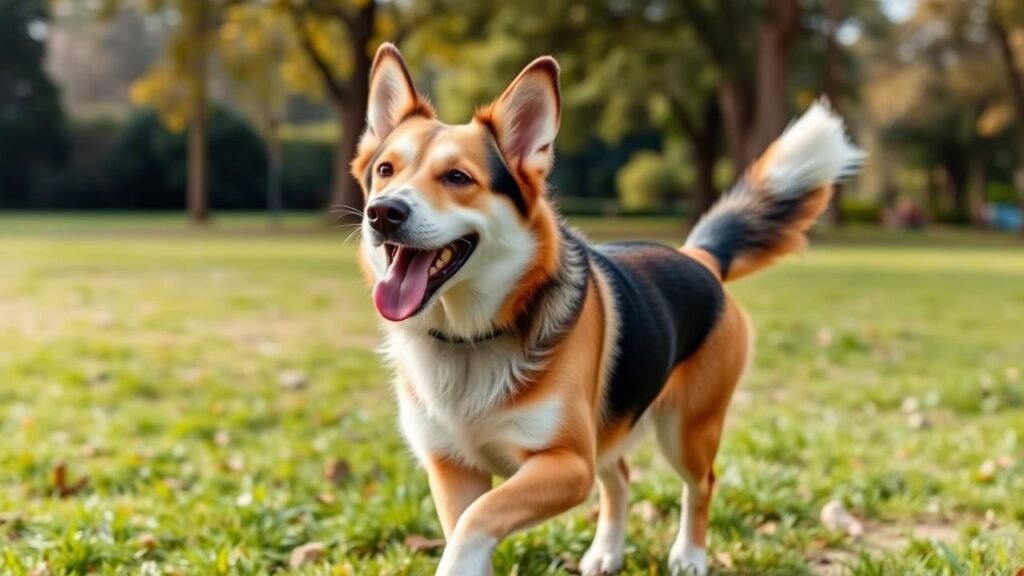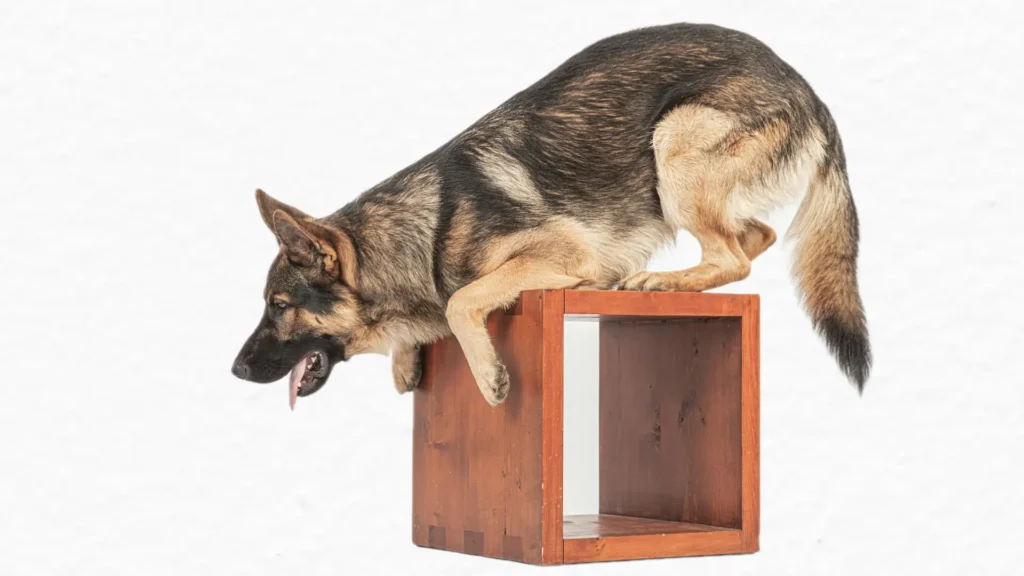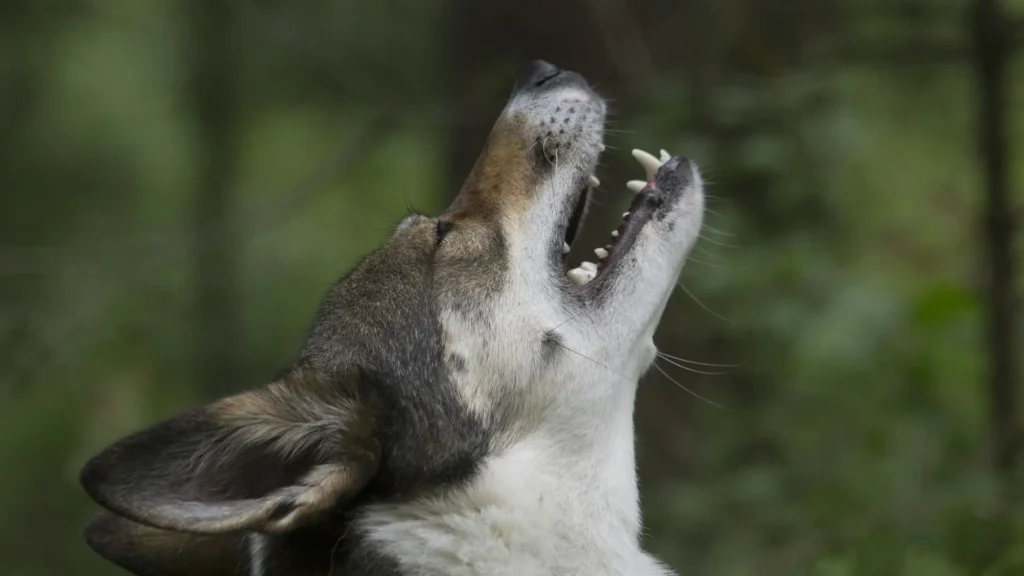Dogs do stretch. According to science, it’s a fundamental behavior. Sometime dogs stretch seeing their owner. It reduces the tension of separation and elongates muscles. This instinctive action serves several purposes, both physical and social.
Why Dog Stretches When Greetings
The act of stretching is not merely a routine task; it is closely linked to a dog’s demeanor and emotional state.
Dog stretches to greet their owner. Doing this, it communicates a sense of relaxation and a desire for interaction. Some other activities come along with this behavior. Dog wags when stretch and loose her posture. It shows the level comfort the dog feels at the moment she sees her owner. It highlights the relationship between the dog and the dog parent.
A specific type of stretch, known as ‘play bow’, clearly indicates the invitation to play. It shows that the dog is readily available to interact with her owner to interact socially. By lowering her front legs while keeping her rear legs elevated, she signals her owner that she is now approachable and ready for social engagement.
The Physical Benefits of Stretching for Dogs
Dog’s stretching has many physical benefits.
- Stretching enhances flexibility. It allows dogs to keep their joints and muscles active and strong.
- Stretching helps to prepare dog’s muscle for exertion. It helps elongate the muscle and increase blood circulation to the issue.
- Stretching is particularly helpful fog dogs who are obese.
- Regular stretching encourages muscular elasticity, which can lead to improved performance and less risk of injury during play.
- Effective blood flow is vital for delivering oxygen and nutrients, which are essential for muscle recovery after physical exertion.
- It helps to alleviate muscle soreness.
- Stretching helps senior dogs to recover from injury. Regular stretching sessions can promote healing and rejuvenation of muscle tissues.
- It helps to reduce the risk of degenerative joint disease like arthritis.
- It relieves stiffness and discomfort, making everyday movements easier and more fluid.
By understanding the benefits of stretching, pet owners can ensure their furry companions lead a happier and more active lifestyle.
The Psychological Aspects of Stretching in Dogs

Stretching has some psychological benefits that directly impacts the mental health of a dog. Understanding this aspect offers valuable insight into canine emotions and social interactions.
- When dogs stretch upon greeting their owners, it is often a reflection of their emotional state. Stretching can serve as a calming behavior that helps dogs signal their mood and establish a closer bond with humans.
- Stretching helps to alleviate tension of facing the unknowns or experiencing uncertain situations. It helps the dog transition into a state of comfort and familiarity.
- By stretching, they can release pent-up energy and stress, making them feel more at ease. This mechanism is beneficial in reinforcing positive interactions between dogs and their owners, fostering a sense of security.
- Dogs are social animals, and their stretching behaviors indicate friendliness and a lack of aggression.
- Stretching as a greeting ritual foster mutual happiness and strengthen the emotional bond between the pet and the owner.
Encouraging Healthy Stretching Habits in Your Dog
Encourage your dog for stretching. This habits in dogs is essential for their physical and mental well-being. Stretching not only enhances flexibility and circulation but also strengthens the bond between owner and pet.
To incorporate stretching into your dog’s daily routine, consider setting aside specific times during the day for these exercises. Morning and evening routines can be particularly effective, as stretching can help wake your dog up gently or wind them down before bed.
Observe typical stretching behaviors in dogs. Look for the time when your dog stretches naturally. Generally, they do it after waking up or after a period of inactivity. These moments present ideal opportunities for gentle engagement in the stretching routine.
But don’t encourage for excessive stretching. It is important to discern between normal stretching and excessive stretching. If your dog stretches excessively or seems uncomfortable during stretches, it may indicate that you need to consult with a veterinarian.
Furthermore, various stretching exercises can be introduced to enhance your dog’s routine. One effective stretch is the ‘downward dog’ position, where you gently guide your dog to lower their front legs while keeping their hind legs upright. Another exercise is the ‘tail stretch,’ where you softly lift your dog’s tail while they stand to encourage a full-body stretch. Engaging in these activities not only promotes flexibility but also reassures your dog, reinforcing a sense of safety and trust.
Ultimately, fostering a practice of healthy stretching in dogs benefits their physical health and serves as an enriching bonding experience. By integrating stretching into your daily habits, you nurture their capabilities, support their overall fitness, and enhance your relationship, leading to a happier, healthier, and more relaxed pet.




